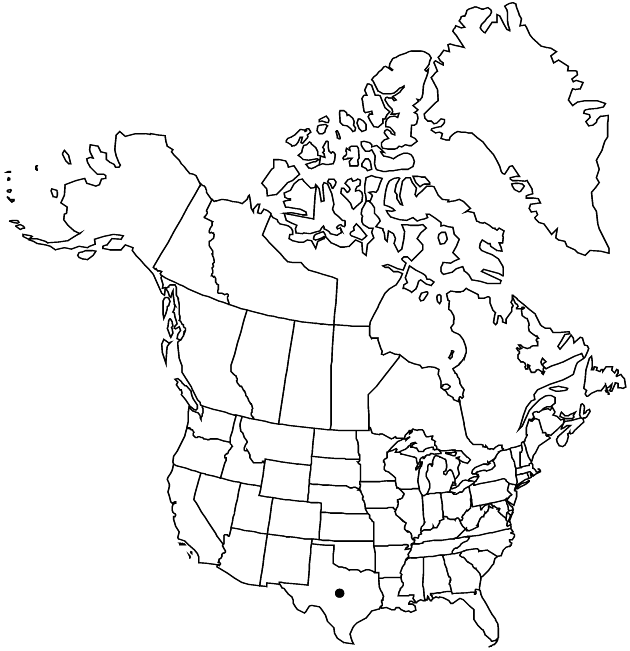Grindelia pusilla
Phytologia 73: 327. 1992.
Annuals, 30–70 cm. Stems erect, stramineous, villosulous, stipitate-glandular. Cauline leaf blades spatulate or oblong to lanceolate, (12–)35–60(–80) mm, lengths mostly 3–6 times widths, margins ± crenate (teeth 5–10 per cm, blunt, resin-tipped), apices obtuse to acute, faces usually hirtellous and glandular (glands usually stipitate, sometimes sessile, seldom in pits), sometimes glabrate. Heads in open, corymbiform arrays or borne singly. Involucres ± globose, (6–)8–12 × (6–)12–18 mm (usually subtended by leaflike bracts). Phyllaries in 4–6 series, spreading to appressed, linear to lanceolate, apices recurved to ± straight, subulate to acuminate, slightly resinous. Ray florets 13–27, laminae 5–12 mm. Cypselae stramineous to brownish, 2.5–4 mm, apices ± coronate, faces rugose (transversely fissured); pappi of 2–3 straight, smooth or (distally) barbellulate (apices usually dilated), setiform awns 4.5–5.5 mm, equaling or surpassing disc corollas. 2n = 12.
Phenology: Flowering (Nov–)Mar–Jun.
Habitat: Disturbed, dry, open sites
Elevation: 0–500 m
Distribution

Tex., Mexico (Coahuila).
Discussion
Selected References
None.